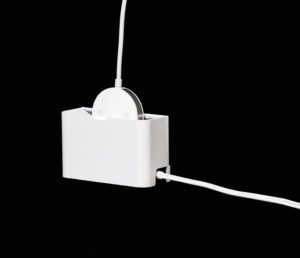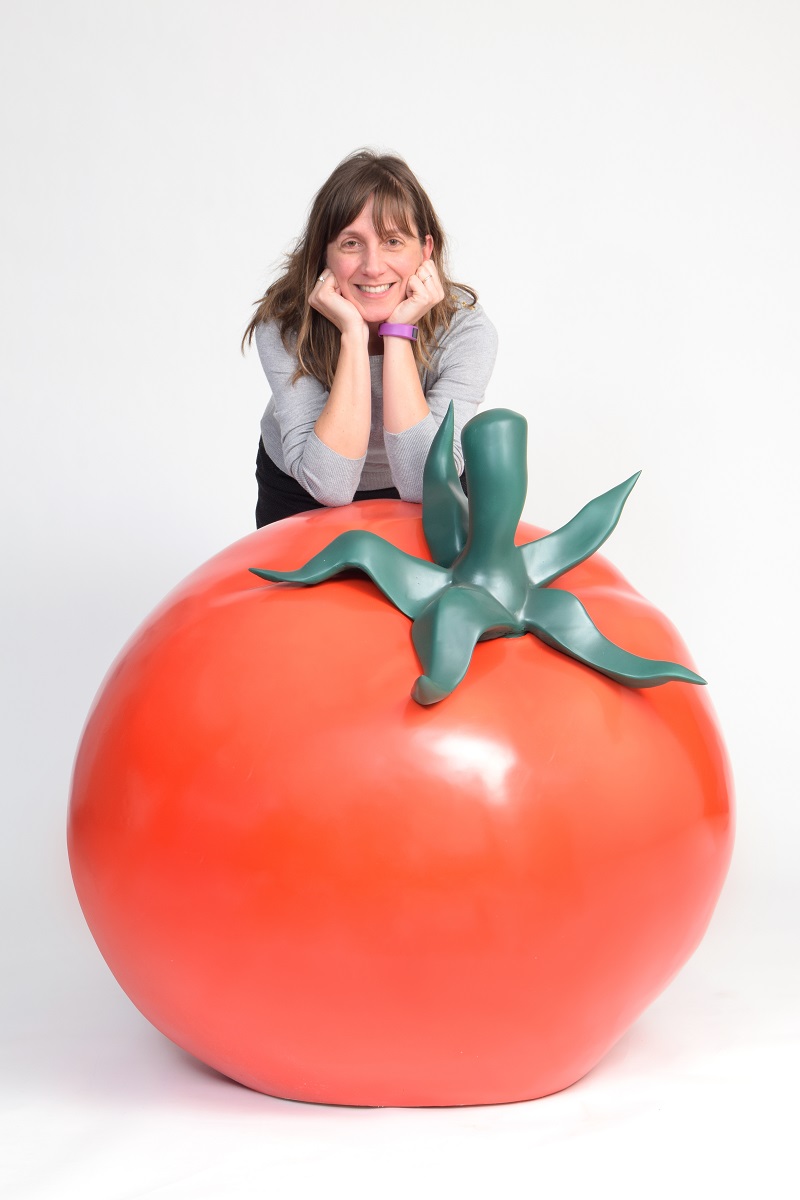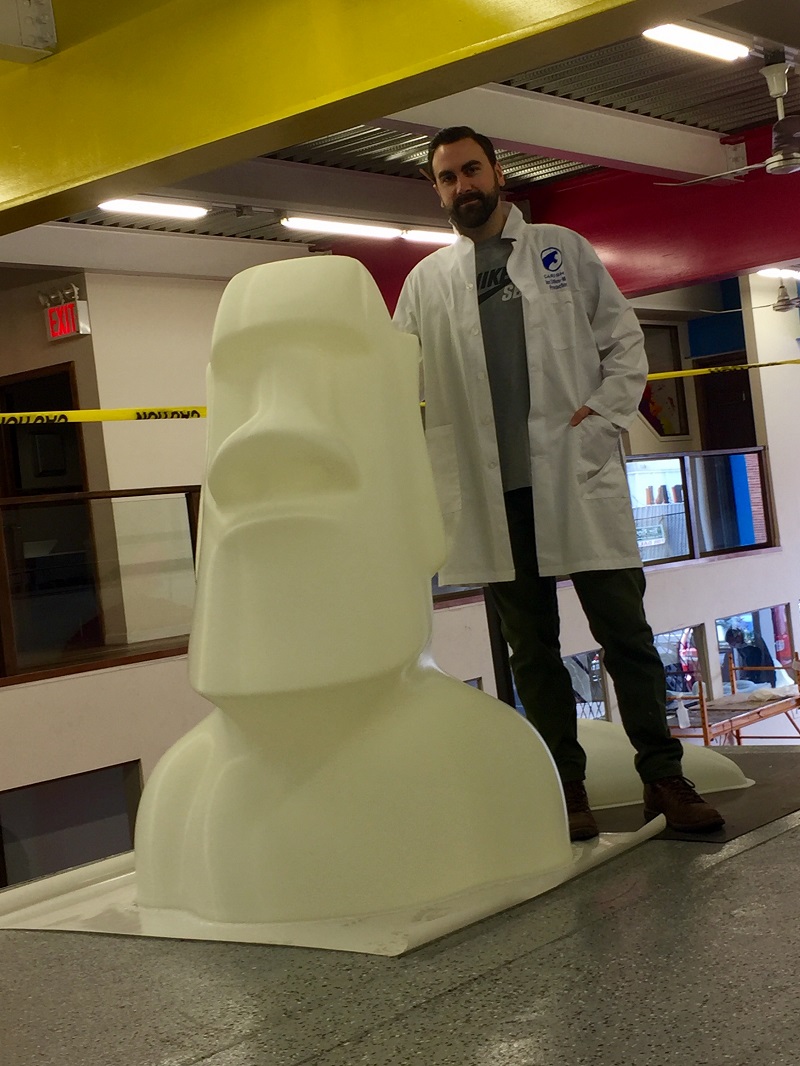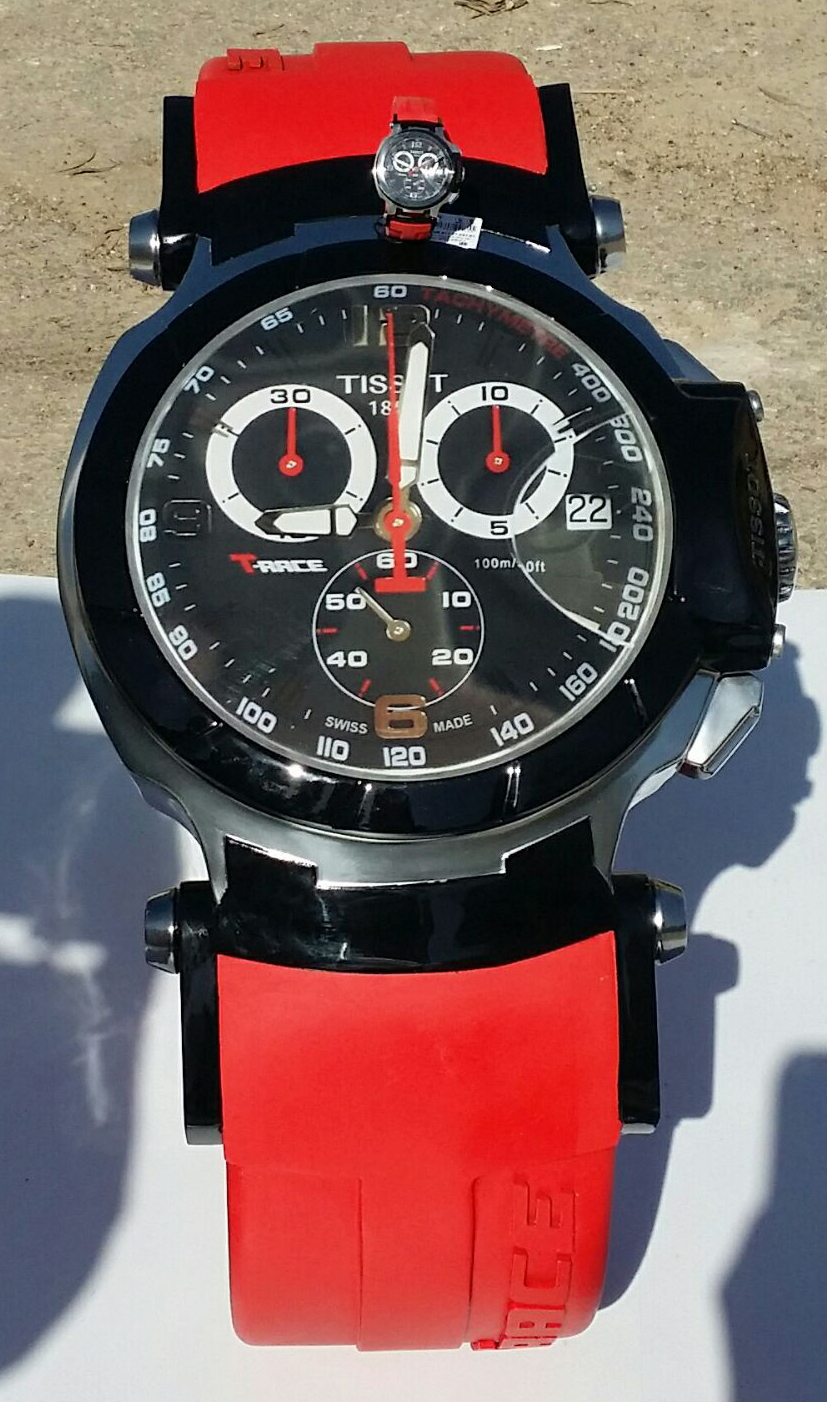Drone photography and videography are being used in dozens of fields, including commercial and residential real-estate photography, insurance assessments, land use surveys, event photography, marketing, and construction-site monitoring. Creative niche applications are being explored every day.
The Adorama Drone Experience is a digital hub of inspiration and information for photographers and videographers who want to take their drone photography to the next level. The website includes jaw-dropping aerial content, gear guides, tips and techniques from experts, and the latest on flight rules and regulations. The content was developed by Adorama, one of the world’s largest photography, video, audio, imaging and electronics retailers.
“Drone photography and videography is a rapidly evolving trend that isn’t going anywhere, anytime soon,” states Lev Peker, chief marketing officer, Adorama. “Unlike other aspects of digital imaging, there are far more complications, rules and know-how to safely and successfully use drone gear.”
For four decades, Adorama has been a leading authority in the field of digital imaging, Peker adds: “We are deeply rooted in the community and have extensive partnerships with artists and manufacturers.”
The Adorama Drone Experience is an immersive environment designed to make you feel as if you are seeing the world through the eyes of the drone. In addition to stunning footage, the hub offers drone gear buying guides for all levels, product reviews, videos, and tutorials to help you successfully navigate each stage of evaluating, purchasing and using drones.
Drone Photography Experts Share Insights
One Adorama Drone Experience contributor is Nils Granholm who has worked with remotely piloted vehicles since 1986. Granhom’s diverse aerial imaging work includes Hollywood productions, commercial entities like Volkswagen, and agencies such as the US Department of Homeland Security.
Drone photography enthusiasts can get a taste of what to expect from Nils on AdoramaTV and the Adorama Learning Center by reading his latest article on new drone purchases and video on drones, “FAA and You.”
Designer, educator and photographer Dirk Dallas, who has taken the aerial photography and cinematography world by storm, will also be among the A-list contributors to the Adorama Drone Experience.
“After making images for 10 years at eye level, I needed a new challenge,” says Dallas. “Capturing photos and video from the air with a drone has fulfilled that need because it allows me to see the world in a completely unique way.”
A fan favorite from Adorama’s “Through The Lens” series, Dirk’s knowledge and creativity can be seen in recent AdoramaTV videos and Adorama Learning Center articles.









